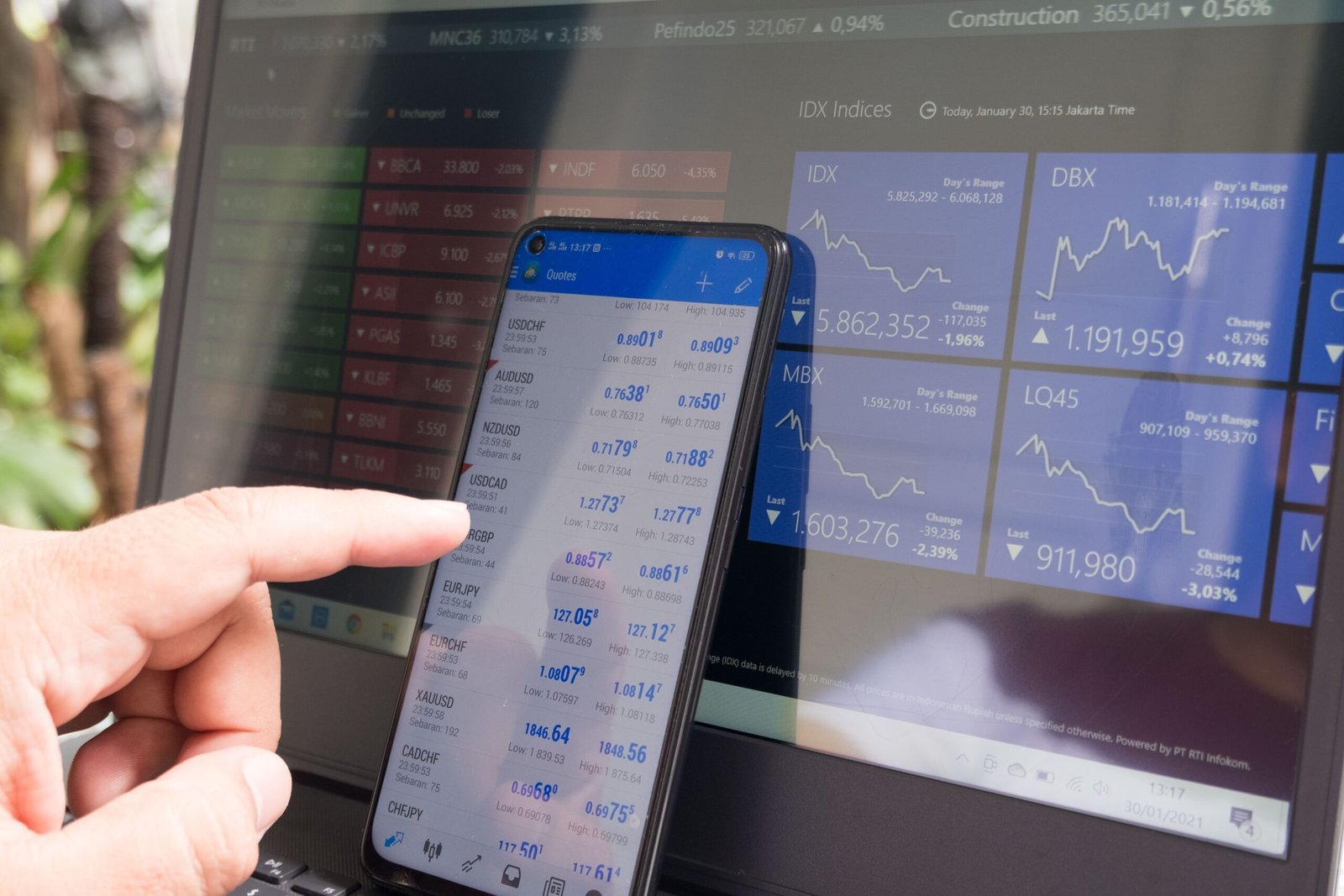The Importance of Forex Education
Forex trading, also known as foreign exchange trading, is the buying and selling of currencies on the global market. It is a highly lucrative and dynamic industry that offers numerous opportunities for individuals to make profits. However, trading in the forex market can be complex and risky, especially for beginners. That is why enrolling in a forex academy is essential for those who want to succeed in this field.
What is a Forex Academy?
A forex academy is an educational institution or online platform that provides comprehensive training and resources to individuals interested in learning about forex trading. These academies offer a wide range of courses, tutorials, webinars, and other educational materials to help traders develop the necessary skills and knowledge to navigate the forex market effectively.
Benefits of Enrolling in a Forex Academy
1. Learn from Experienced Traders
One of the primary advantages of enrolling in a forex academy is the opportunity to learn from experienced traders. These academies often have a team of seasoned professionals who have years of practical trading experience. By learning from their expertise, you can gain valuable insights, strategies, and techniques that can significantly improve your trading performance.
2. Access to Comprehensive Educational Resources
Forex academies provide a wealth of educational resources that cover various aspects of forex trading. These resources include video tutorials, e-books, articles, and market analysis reports. By having access to such comprehensive materials, you can enhance your understanding of fundamental and technical analysis, risk management, trading psychology, and other essential topics.
3. Practice in a Risk-Free Environment
Many forex academies offer demo trading accounts that allow you to practice trading in a risk-free environment. These accounts simulate real market conditions, enabling you to apply the knowledge and strategies you have learned without risking your own capital. This hands-on experience is invaluable for gaining confidence and refining your trading skills before entering the live market.
4. Networking Opportunities
Enrolling in a forex academy also provides networking opportunities with fellow traders. By interacting with like-minded individuals, you can exchange ideas, share experiences, and learn from each other’s successes and failures. This networking aspect can be particularly beneficial for staying updated on market trends, discovering new trading strategies, and building a supportive community.
5. Ongoing Support and Mentorship
Forex academies often offer ongoing support and mentorship to their students. This support can come in the form of personalized coaching, regular webinars, and access to a community of traders. Having a mentor or a support system can be invaluable, especially during challenging times or when you need guidance in making trading decisions.
Conclusion
Enrolling in a forex academy is a wise investment for anyone interested in pursuing a career in forex trading. The benefits of gaining comprehensive education, learning from experienced traders, practicing in a risk-free environment, networking with fellow traders, and receiving ongoing support can significantly enhance your chances of success in the forex market. So, whether you are a beginner or an experienced trader looking to refine your skills, consider enrolling in a reputable forex academy to boost your trading journey.
